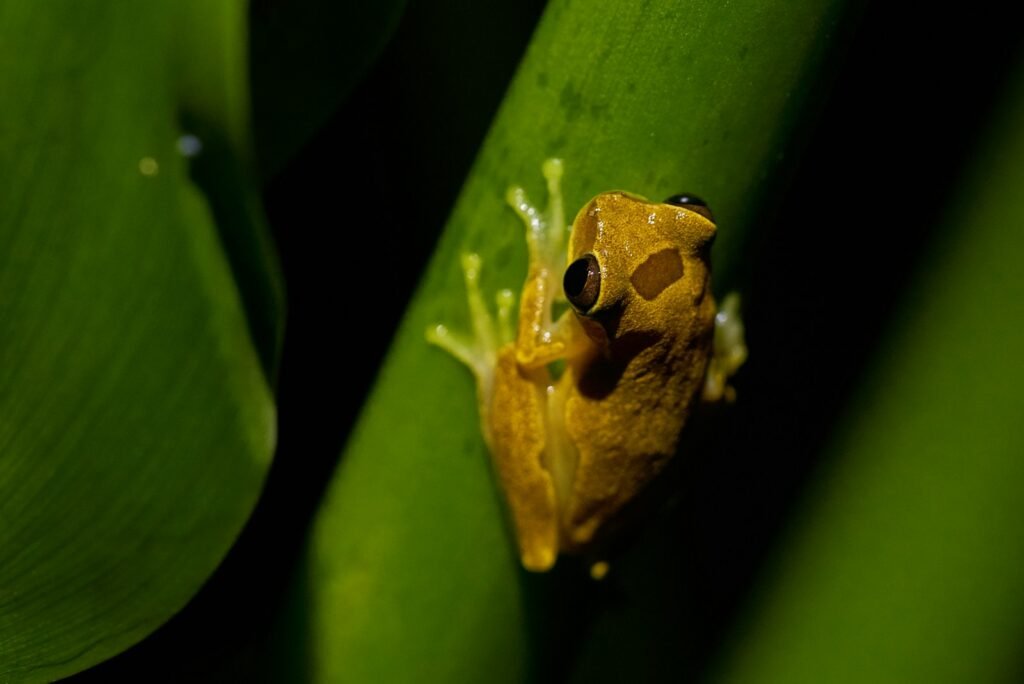On a warming night near a coastal marsh, the chorus of insects swells and a heron glides past like nothing’s wrong. Yet underneath the everyday noise, a population might be collapsing, one missed breeding season at a time. The mystery isn’t just whether we notice; it’s whether the animals themselves sense the cliff’s edge before they step off it. Scientists are uncovering how normal-looking habitats can mask dangerous thresholds, how social behaviors can hide decline until it’s too late, and how new tools can pick up warnings that ears and eyes miss. The story is equal parts sobering and hopeful: nature can be misleading, but our ability to listen – properly – is finally catching up.
The Hidden Clues
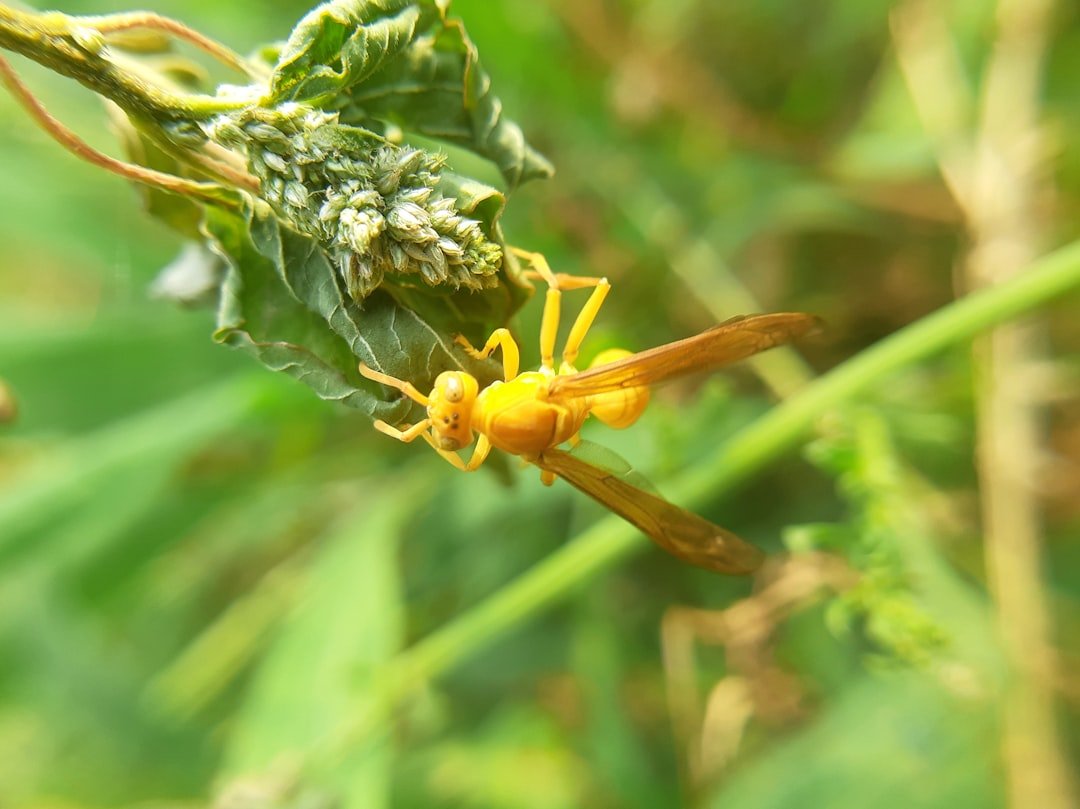
What if an animal’s world stays noisy, busy, and seemingly normal – right up until the last viable pair is gone? Many species key off local signals: a patch of flowers still blooms, a creek still runs, and a few neighbors still call, so the season feels good enough to try. But the true health of a population lives at a broader scale, where scattered pockets can’t find each other and genetic diversity quietly thins. That mismatch lets decline hide in plain sight, a biological optical illusion that fools both species and observers.
Researchers now chase whispers rather than shouts. Environmental DNA in water samples hints at who passed by days earlier, even if no one saw them. Passive sound recorders track breeding calls that drop in subtle ways before bodies vanish, and thermal drones scan for missing heat signatures in once-bustling rookeries.
From Ancient Tools to Modern Science
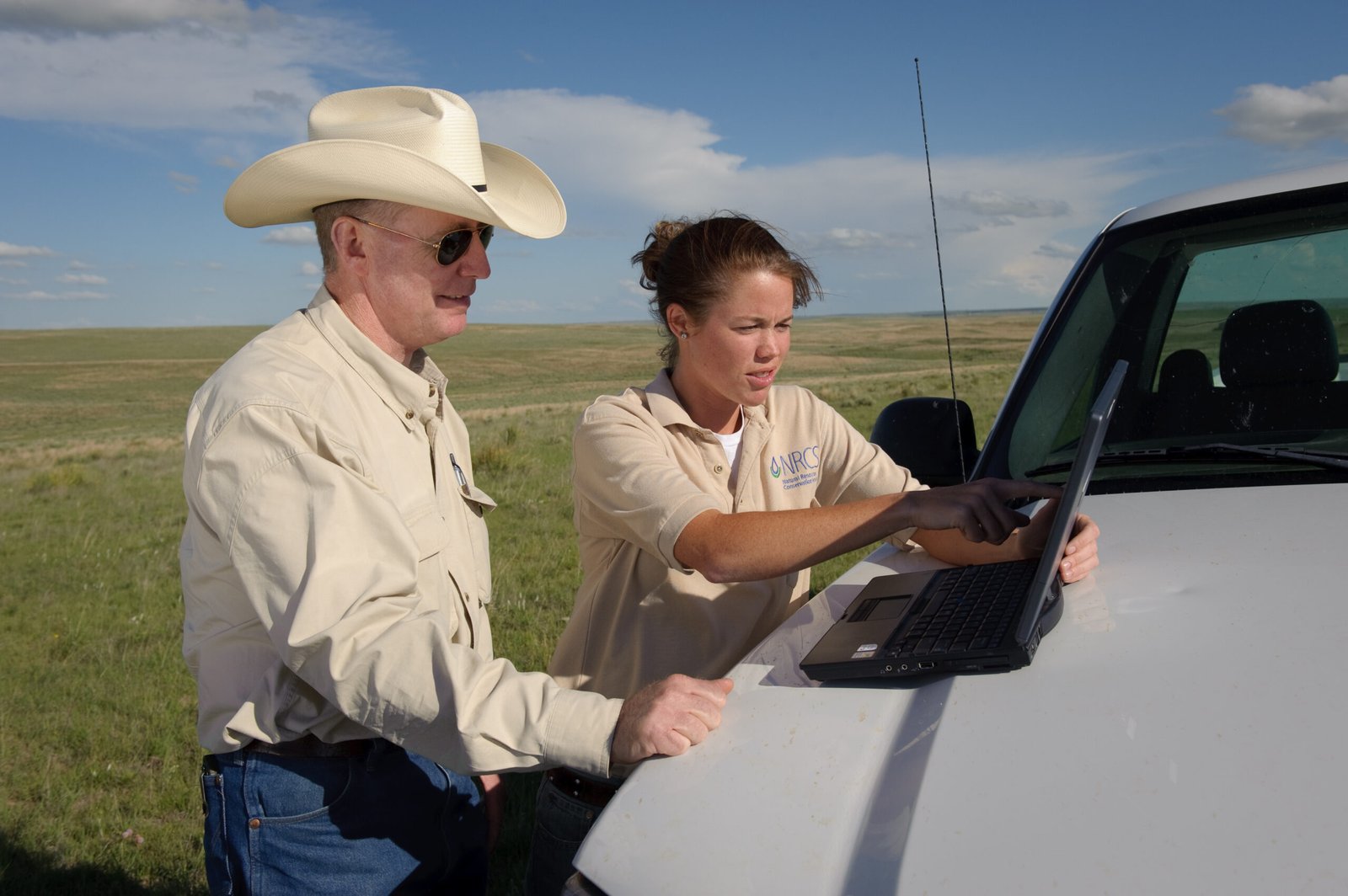
Naturalists once kept meticulous ledgers of first arrivals, last blooms, and hunting tallies – useful, but limited to what people could witness. Then came mark-and-recapture studies, radio tags, and standardized surveys, each step pushing past human bias. Today, satellites read vegetation stress, machine learning scans soundscapes, and cheap sensors sit out in storms that would have grounded field crews for a week.
It’s not just more data; it’s a different view of reality. Acoustic networks reveal when a forest’s “conversation” grows thinner even though the trail still looks alive. Ocean gliders sift plankton and temperature layers, showing when fish schools stop coalescing into critical mass, long before nets come up empty.
Silent Declines and the Allee Trap

The most perilous moment often arrives when numbers fall below a social tipping point known as the Allee effect. Many creatures need a minimum crowd to thrive: seabirds find safety in dense colonies, schooling fish evade predators in coordinated swarms, and insects rely on synchronized signals to locate mates. Drop beneath that threshold and the very behaviors that once shielded a species turn into a trap.
Breeding becomes a roulette game; mates simply miss each other in space and time. Food-finding strategies that depend on copying neighbors break down, so foraging becomes inefficient just when every calorie matters. Extinction can accelerate from there, not as a dramatic crash but a slide that steepens quietly with every generation.
The Role of Behavior and Perception

Animals don’t carry population graphs in their heads; they use heuristics that usually work. If the pond still smells right and a few frogs sing, the cue to breed feels trustworthy. But cues drift under climate pressure: water warms earlier, prey peaks shift, and migration routes meet roads, lights, and glass where they used to meet food.
I remember standing by a Midwestern pond where the spring chorus once rattled windows; it sounded lively, yet older notes were missing, like a band playing without its bass line. Field checks later confirmed fewer breeding sites despite the cheerful noise. Local normal was lying to our ears, and likely to the frogs’, too.
Data Gaps and the Shifting Baseline

Humans add their own blindfold called shifting baseline syndrome. Each generation accepts the nature of their youth as normal, forgetting that their grandparents knew a richer world. That makes slow declines feel ordinary and the absence of species seem unremarkable, especially where records are sparse or fragmented.
Modern statistics try to compensate by modeling detection probability, not just presence. Occupancy models, long-term community surveys, and community-science platforms help fill gaps that once hid downturns. Still, biases remain: remote regions, deep seas, and nocturnal or cryptic species often slip through our nets – literally and figuratively.
Global Perspectives
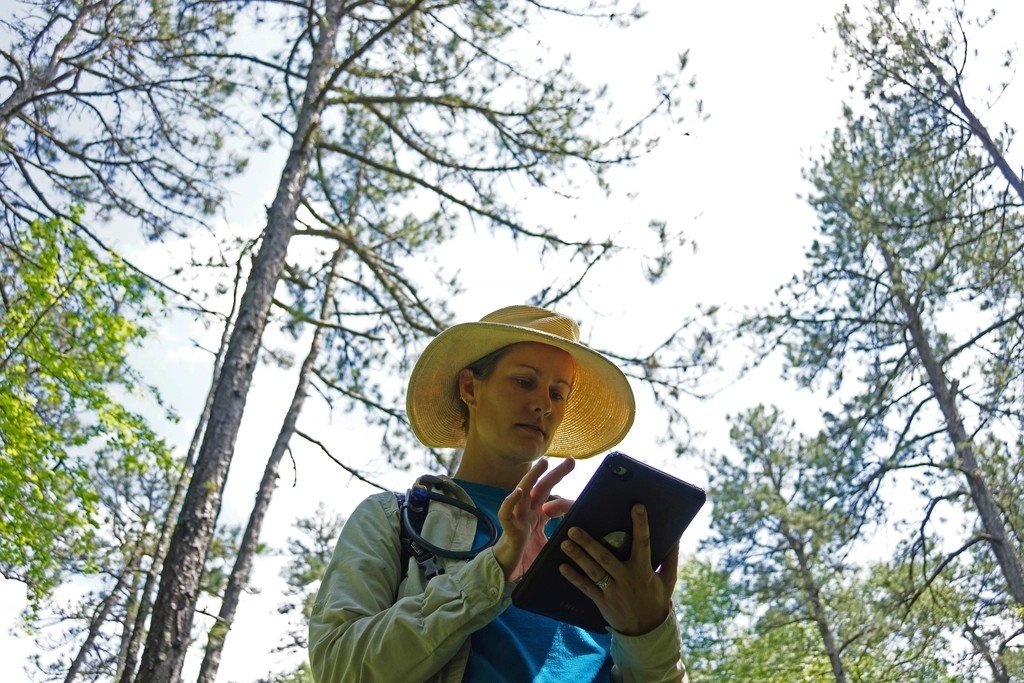
The risk of unnoticed loss isn’t evenly spread. Island endemics with tiny ranges can unravel fast once predators, disease, or storms knock them below safe numbers. Freshwater species face layered threats – dams, pollution, invasive competitors – that fragment habitats into isolated pockets where mates rarely meet. In the open ocean, wide-roaming animals can look abundant locally while collapsing globally if breeding hot spots fail.
Different lenses catch different truths, which is why a mosaic of approaches matters. Indigenous and local knowledge track seasonal rhythms at fine granularity that satellites miss, while satellites reveal landscape changes invisible from a single village or boat. Joining those scales turns anecdotes into early warnings rather than after-the-fact eulogies.
Why It Matters
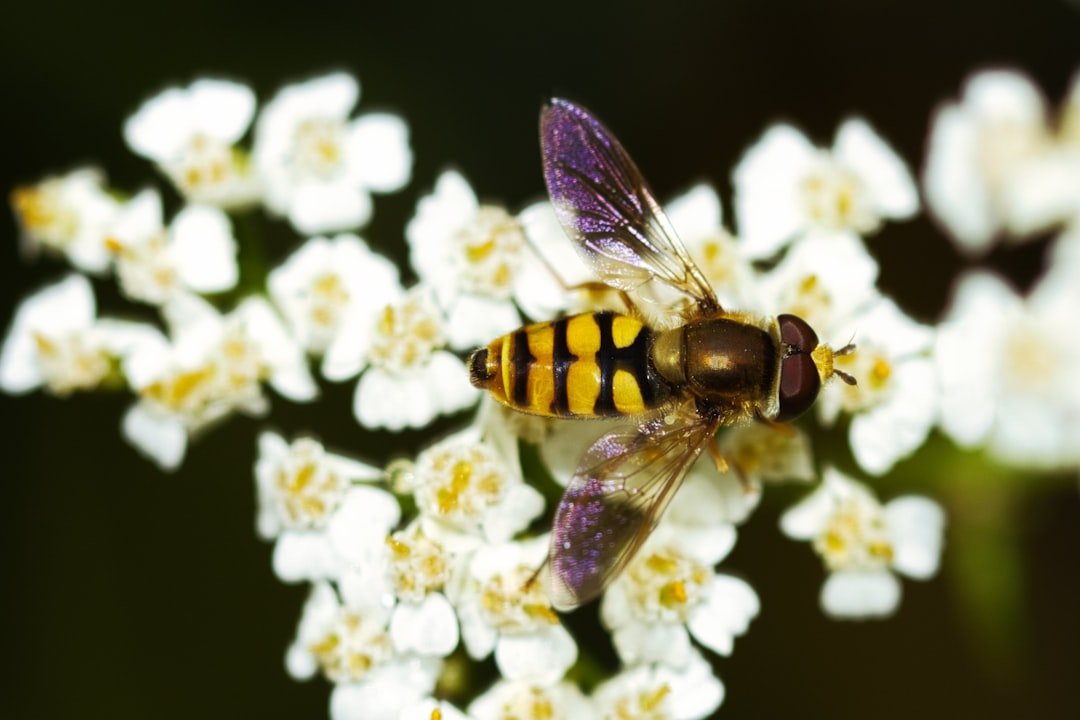
Extinction rarely erases a single piece; it tugs threads that hold systems together. Pollinators prop up farms and wildflowers, reef fish keep algae in check, and soil invertebrates quietly sustain the fertility we build our food on. When populations slip below social thresholds, services wobble long before headlines catch up, and recovery costs soar once mate-finding, learned behaviors, or genetic diversity are compromised.
Traditional wildlife counts, taken seasonally with binoculars and clipboards, remain vital but can miss the moment when behavior flips from adaptive to risky. New tools give time back – enough to adjust fishing quotas, protect nesting windows, or move corridors before the slope turns slippery. Early detection isn’t just better science; it’s cheaper policy, steadier livelihoods, and fewer unpleasant surprises.
The Hidden Clues, Quantified
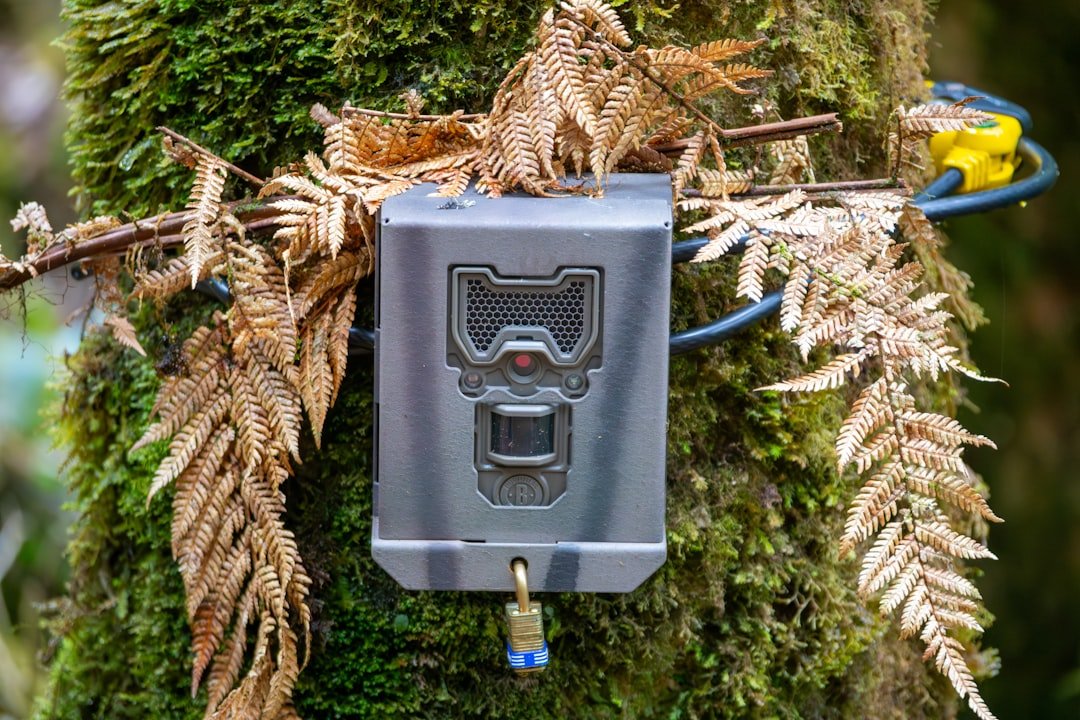
When communication falters, the decline is often measurable in small signals. Bioacoustic studies track reduced call overlap in lekking birds and insects, suggesting fewer competitors and thinner crowds. eDNA surveys detect dwindling genetic breadth as habitats break apart, highlighting connectivity problems rather than just head counts. Satellite time series show habitat greenness that looks stable while phenology – when food appears – drifts out of sync with breeding cycles.
Consider a few field-tested indicators that can flag trouble before bodies vanish:
- Fewer chorus nights or shorter calling windows during peak breeding periods.
- Lower shoal cohesion in fish, detected by sonar as swarms fragment or scatter.
- Repeated “zero-catch” survey days in areas that historically produced reliable samples.
- Genetic signals of inbreeding or isolation in consecutive years of eDNA sampling.
The Future Landscape
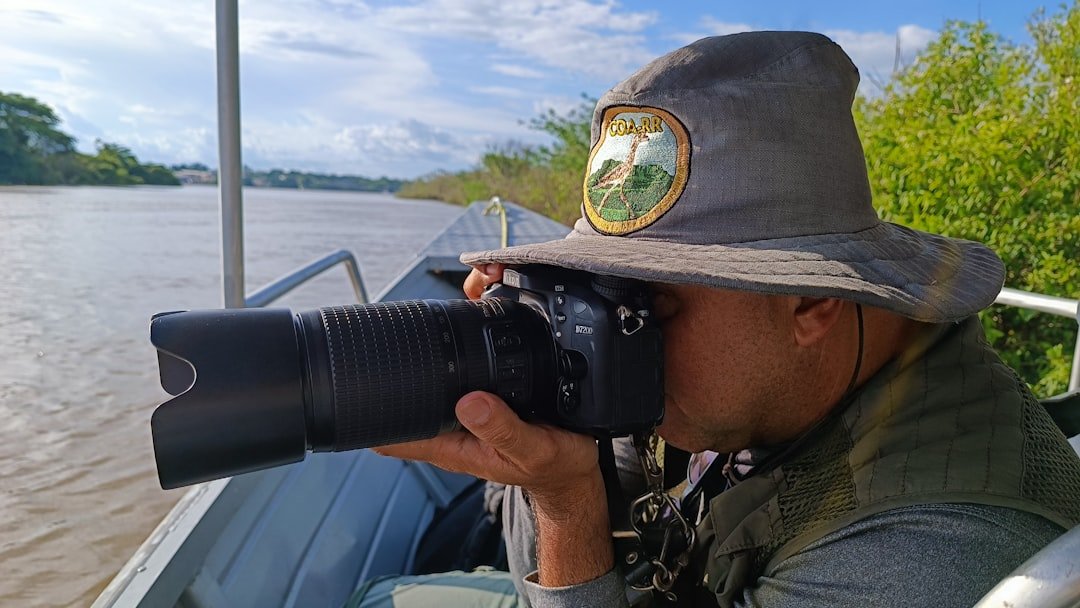
Early-warning systems are moving from research labs to ranger stations and fishing cooperatives. Miniaturized recorders, solar-powered camera traps, and edge AI can flag unusual silences or thinning schools and send alerts over basic networks. Portable genomics promises same-day species detection from water or soil, letting teams check for missing neighbors while still in the field.
But challenges loom. Data inequality could concentrate protection where sensors already exist, leaving unmonitored places vulnerable. Algorithms can also misread noise – wind, boats, rain – as biology, demanding careful calibration and transparency. The next breakthrough isn’t just better gadgets; it’s governance that shares data, validates alarms, and ties thresholds to swift, locally grounded action.
Conclusion

Preventing quiet extinctions starts close to home. Support local land trusts and watershed groups that track migrations, spawning, or blooming calendars the same way we track weather. Join community-science projects, log backyard visitors, and report seasonal no-shows; absence is a data point if someone records it. Choose seafood with sustainability certifications, dim outdoor lights during peak migrations, and keep shorelines and ponds free of fertilizers and plastics that scramble cues.
Ask your school board, city council, or workplace to back real monitoring – acoustic sensors in parks, water sampling in streams, and habitat corridors that reconnect the dots. Small, steady measurements turn rumors of decline into actionable facts. If a species can’t always tell when it’s in danger, the least we can do is learn to listen faster – are we ready to hear what the data is already saying?

Suhail Ahmed is a passionate digital professional and nature enthusiast with over 8 years of experience in content strategy, SEO, web development, and digital operations. Alongside his freelance journey, Suhail actively contributes to nature and wildlife platforms like Discover Wildlife, where he channels his curiosity for the planet into engaging, educational storytelling.
With a strong background in managing digital ecosystems — from ecommerce stores and WordPress websites to social media and automation — Suhail merges technical precision with creative insight. His content reflects a rare balance: SEO-friendly yet deeply human, data-informed yet emotionally resonant.
Driven by a love for discovery and storytelling, Suhail believes in using digital platforms to amplify causes that matter — especially those protecting Earth’s biodiversity and inspiring sustainable living. Whether he’s managing online projects or crafting wildlife content, his goal remains the same: to inform, inspire, and leave a positive digital footprint.

